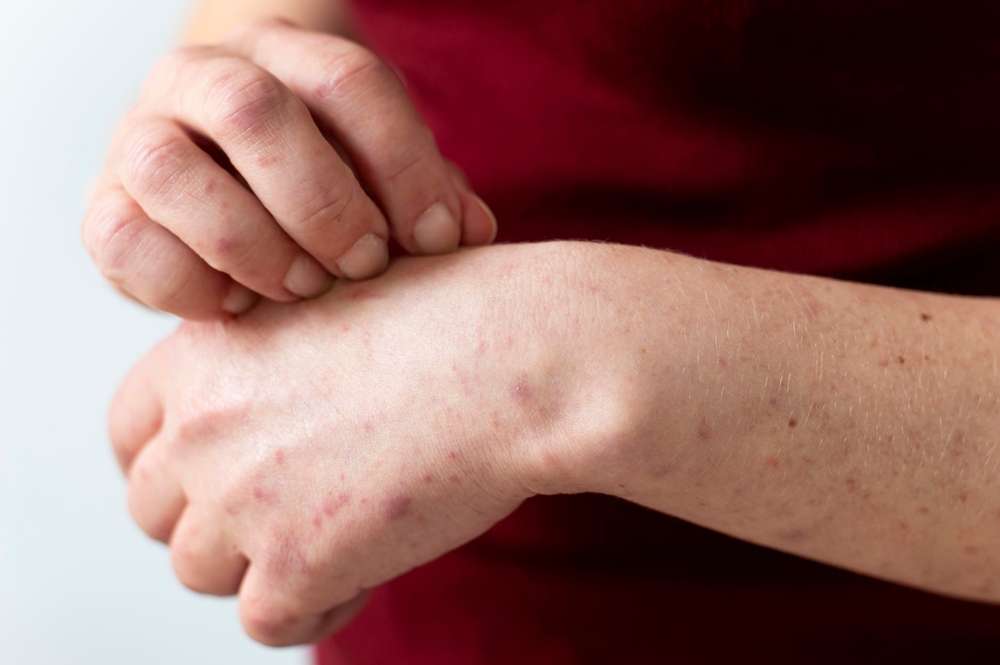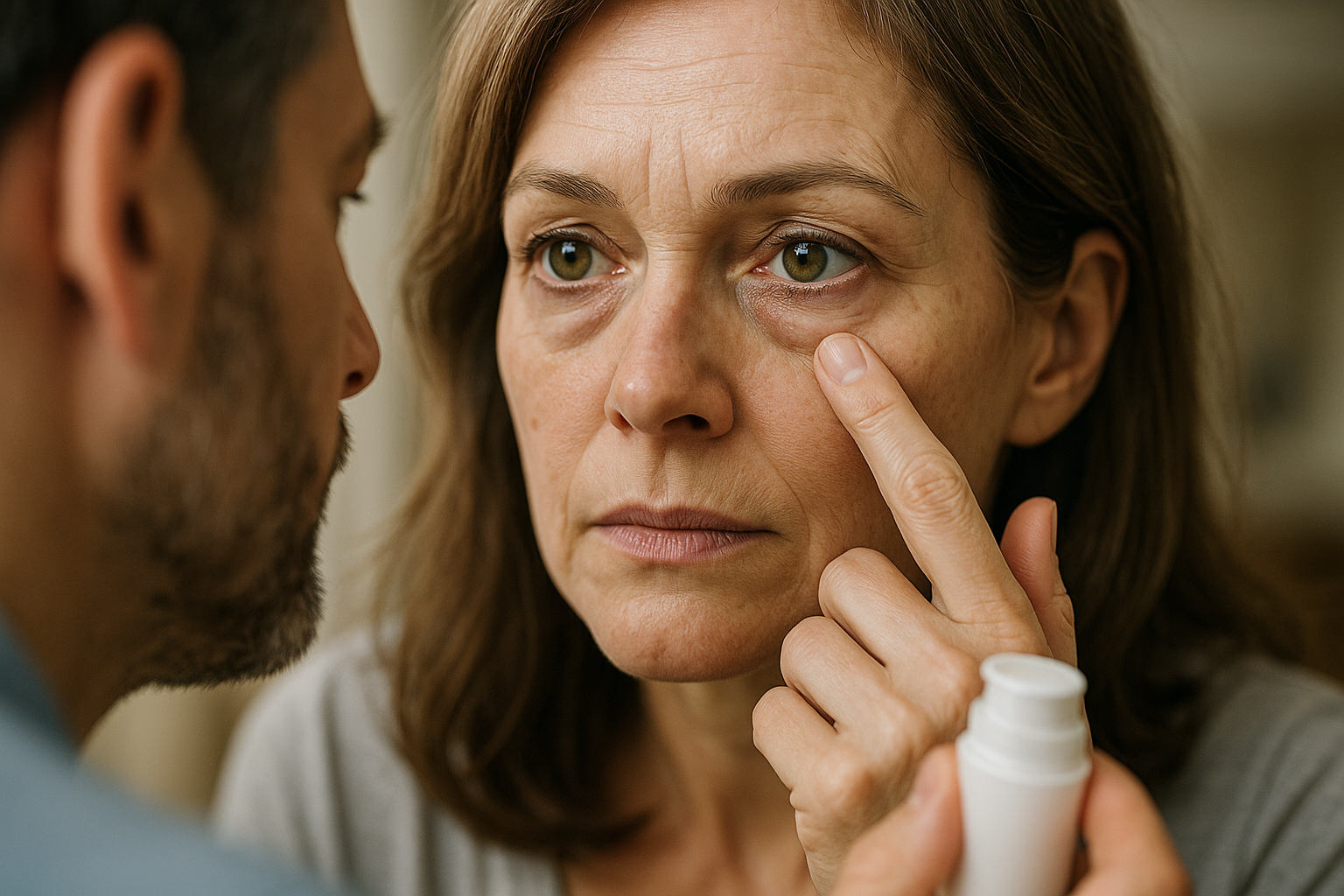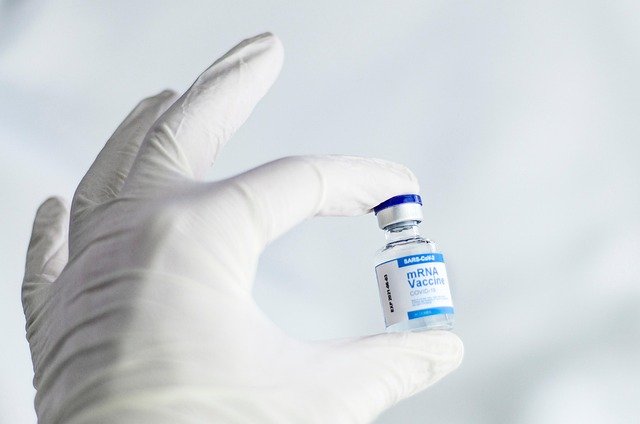What Are the Signs of Hepatitis C and What Does a Hep C Rash Look Like?
Hepatitis C is a viral infection that primarily attacks the liver, but it can also manifest in various symptoms across the body, including the skin. Discover hidden signs of Hepatitis C, such as hemorrhoids, rashes, and persistent itching, to help identify it early and seek proper treatment in time.

What are the early warning signs of Hepatitis C?
Hepatitis C often progresses silently, with many individuals experiencing no noticeable symptoms in the early stages. However, some people may develop early warning signs that include fatigue, mild fever, muscle aches, and loss of appetite. These symptoms can be easily mistaken for other common illnesses, making it challenging to identify Hepatitis C without proper testing. It’s important to note that the absence of symptoms doesn’t rule out the presence of the virus, as many people remain asymptomatic for years.
How does Hepatitis C affect the skin?
While Hepatitis C primarily targets the liver, it can also manifest through various skin conditions. The virus can cause changes in blood flow and immune responses, leading to skin problems. Common skin-related symptoms of Hepatitis C include pruritus (intense itching), dry skin, and the development of rashes. These skin issues can significantly impact a person’s quality of life and may serve as important indicators of the underlying viral infection.
What does a typical Hep C rash look like?
A Hepatitis C rash, often referred to as a Hep C rash, can vary in appearance but typically presents as small, red, itchy bumps. These bumps may be flat or slightly raised and can appear anywhere on the body, though they are most commonly found on the trunk, arms, and legs. The rash may come and go, and its intensity can fluctuate over time. In some cases, the rash might resemble eczema or psoriasis, making it crucial to consult a healthcare professional for accurate diagnosis.
Are there other skin manifestations of Hepatitis C?
Beyond the typical rash, Hepatitis C can cause several other skin conditions. These include lichen planus (an inflammatory condition causing itchy, flat-topped bumps), porphyria cutanea tarda (a disorder causing blistering on sun-exposed skin), and necrolytic acral erythema (a rare condition characterized by dark, scaly patches on the hands and feet). Additionally, some individuals may experience spider angiomas, which are small, spider-like blood vessels visible on the skin surface.
What unique factors affect Hepatitis C symptoms in the United States?
In the United States, several factors influence the presentation and management of Hepatitis C symptoms. The prevalence of certain genotypes of the virus, particularly genotype 1, can affect both symptom manifestation and treatment approaches. Additionally, the high rate of undiagnosed cases in the U.S. means that many individuals may be living with the virus without realizing it, potentially leading to delayed recognition of symptoms. Access to healthcare and screening programs also plays a crucial role in early detection and management of Hepatitis C symptoms across different populations within the country.
How are Hepatitis C and its skin manifestations diagnosed and treated?
Diagnosis of Hepatitis C typically begins with blood tests to detect the presence of the virus and assess liver function. If skin symptoms are present, a dermatologist may perform a skin examination or biopsy to rule out other conditions. Treatment for Hepatitis C has advanced significantly in recent years, with direct-acting antiviral medications offering high cure rates with fewer side effects compared to older treatments.
| Treatment Option | Provider Type | Key Features | Estimated Success Rate |
|---|---|---|---|
| Direct-acting antivirals | Hepatologist/Gastroenterologist | Oral medication, 8-12 week course | >95% cure rate |
| Skin-specific treatments | Dermatologist | Topical creams, oral antihistamines | Varies by condition |
| Lifestyle modifications | Primary Care Physician | Dietary changes, alcohol avoidance | Supportive management |
Prices, rates, or cost estimates mentioned in this article are based on the latest available information but may change over time. Independent research is advised before making financial decisions.
In conclusion, recognizing the signs of Hepatitis C, including its characteristic rash and other skin manifestations, is crucial for early detection and treatment. While skin symptoms can vary, they often present as red, itchy bumps or other dermatological conditions. If you suspect you may have Hepatitis C or are experiencing unexplained skin issues, it’s essential to consult with a healthcare professional for proper diagnosis and care.
This article is for informational purposes only and should not be considered medical advice. Please consult a qualified healthcare professional for personalized guidance and treatment.




